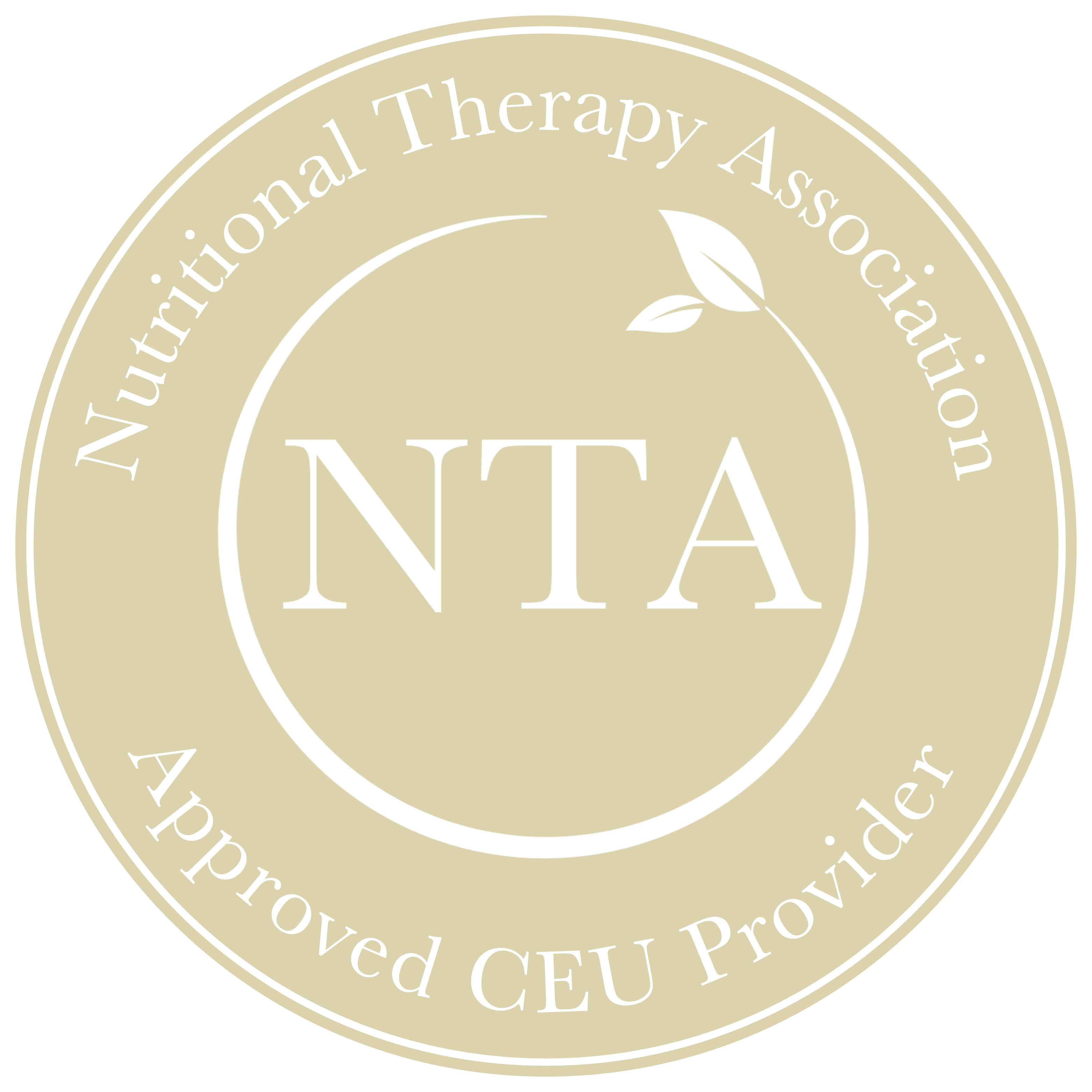As we come to the end of another year, it’s a perfect time to take stock of what we accomplished in 2019 and look ahead to 2020 – not only a new year but a new decade!
I’ve always been a proactive goal- and intention-setter, but never have I been more explicit about my practices around achieving these goals than this past year. We all know it’s one thing to set a goal; it’s a completely different thing to go out there and make it happen.
On a recent RWS webinar, we had the great pleasure of having a session with one of the world’s top communications experts, Michael Bernoff. He talked about how we all have our personal average: that level at which we’re very comfortable and to which we will return again and again if we don’t proactively and consciously bust through.
A great example: have you ever set a financial goal, worked your tushy off to accomplish it, and then found yourself at the exact same place you were the year before? You may have even achieved that goal, but somehow your cash flow remained the same. Or suddenly you found yourself in a new tax bracket and all the extra income you earned went toward paying higher taxes. Or your expenses increased just as much as your income did, and so, at the end of the day, the money actually in your pocket was just the same as before?
This is your average at work. And without paying extraordinary attention to busting through subconscious patterns, we keep ourselves just where we are – professionally and personally – despite our best efforts.
One of the most effective strategies for actually achieving the goals we set and proactively living the life we want to live is to follow a much more involved strategy. Here’s how it works:
1) Set one overarching goal or intention for your year ahead.
One of the things that trips up so many people is the overeager desire to change everything all at once. We go into a new year with way too many resolutions. “I’m going to be the best mom and go on two big trips with my kids, and then I’m going to double my business and write that new course. Oh, and I’ll also lose the last 10 pounds of baby weight…” Sound familiar?
When we do this, we set ourselves up for failure because it’s impossible to do it ALL. This is a recipe for either getting completely overwhelmed and doing nothing as a result, or doing multiple things poorly. (And wow, do I have LOTS of experience with both!)
Setting one unifying and overarching goal for the year focuses our attention and commitment. Of course we want to excel in all areas of our life, but getting clear on the one overarching goal will help you determine how the different pieces work together into one, beautiful puzzle.
For example, in 2010 I participated in a challenge called A Year to Live, and set out to live 2010 as though it were my last on earth. My one unifying and overarching goal was to leave my legacy, which was to share my thoughts and perspectives on food in a book. (That book – Eat Naked – was published a year later and was one of the first big successes of my career, setting me up for all sorts of new opportunities.)
Also: don’t be afraid to make an audacious goal that’s well beyond the one year mark. The bigger the goal, the more inspiring it is, and it may take many years to achieve it. Chances are you’ll go further and farther in this year even if you don’t fully achieve the goal than if you were to set something more moderate and doable. This is very different from treading water and staying at your average – it’s about setting a vision that’s big enough that it inspires the kind of change in you that is transformational. The expectation that everything will be accomplished in one year is a limiting belief that will take you out again and again. So ask yourself: Is your dream big enough?
(Recommended reading: The Magic of Thinking Big and There’s no Plan B for your A Game)
2) Set yourself up for success: What do you need to do or change in different areas of your life in order to achieve that overarching goal?
Let’s say your goal is professional – you want to be a leading expert in natural solutions for fertility. What is that going to entail?
Clearly, there are the more obvious things – continuing education, books to read, and the marketing to get your expertise out into the world.
But what about the less obvious considerations? How might your goal affect your health? Can you maintain your family commitments while still supporting this vision? Are there any negative consequences you might not have considered?
In my example of leaving my legacy through a book, I set a health goal to run my first marathon that year because I get almost all my creative inspiration while running. So I formalized it and made sure my health goal would have me running a ton. And it worked! Any time writer’s block hit, I’d go for a nice long run and by the time I got home, I’d have figured out exactly what to write next.
Take the time to think through different aspects of your life and how they support (or not!) your overarching goal. How will the puzzle pieces of your life need to shift to support your goal? How might the other people in your life be impacted by the pursuit of that goal?
Brendon Burchard offers the following 10 categories to consider for setting your goals:
Health
Mental/emotional
Partner/love
Family
Friends
Mission
Experiences
Spiritual
Finances
Learning
(Recommended reading: High Performance Habits by Brendon Burchard.)
3. Break down your goal into smaller increments that will help you succeed.
Once you’re clear on your overarching goal and how various aspects of your life will need to change to support your vision, begin to lay out a road map. Now that you know what needs to happen over the course of the year, what needs to happen each quarter, month, week, and day? Let’s see how this plays out.
Start with the first quarter of the year. Look at each area of your life that you’re considering – in the first three months of the year, what needs to happen? Write down your top action items for these 90 days. Is there a course you need to take? Is there a book you need to read? What needs to shift in your personal life to support these individual actions? Pick one or two priorities that you’re going to focus on and REALLY knock out of the park. And identify what small changes need to be made in those areas we identified in #2 in order to make this happen.
From there, at the beginning of January, what are the key things that need to happen in that month in order for you to achieve your 90 day objective? What are the milestones you need to hit? What are the key projects you’ll need to accomplish that will take you one step closer? Maybe you will register for the course and read the book. Maybe you’ll draft a webinar you’re going to give on the topic of fertility.
At the beginning of each week (I do this every Sunday night), take stock of your progress. What did you achieve last week? What needs to happen this coming week? Map it out in your calendar. Block off the time you’ll need to actually do the projects/steps you say you’re going to do.
Next, break it down into daily increments. Every evening, take stock of the day ahead. What do you need to accomplish the following day that will get you to your goal for the week? When you map out your day the night before, your goal the following morning is simply to execute. It’s shocking how empowering this one simple strategy can be. It keeps you focused and on-target.
One of the best resources I’ve found for keeping me on track is the High Performance Planner, created by Brendon Burchard. Having used it faithfully for the last year, I can easily tell you at any given moment EXACTLY where I am regarding any aspect of my life – and it’s helping me check off my goals, step by step. In fact, at the beginning of this month, I realized I’d achieved everything I set out to accomplish this year, with the exception of one key area. As a result, I’ve dedicated the month of December to finishing what I committed to in that area. I’ve never before been so proactive about attending to all the smaller details that are essential to helping me achieve the bigger dream.
As we wrap up 2019 and step into the new year and decade, I invite you to tuck in for a few hours by yourself, take stock of 2019 and what you want to create in 2020, and then set out the necessary steps to make this the year you get there.
Next week, Anne’s going to share some powerful insights around the financial aspect of this process – something that many practitioners get stuck with. So dive in, and let’s make 2020 the absolute best year yet!







